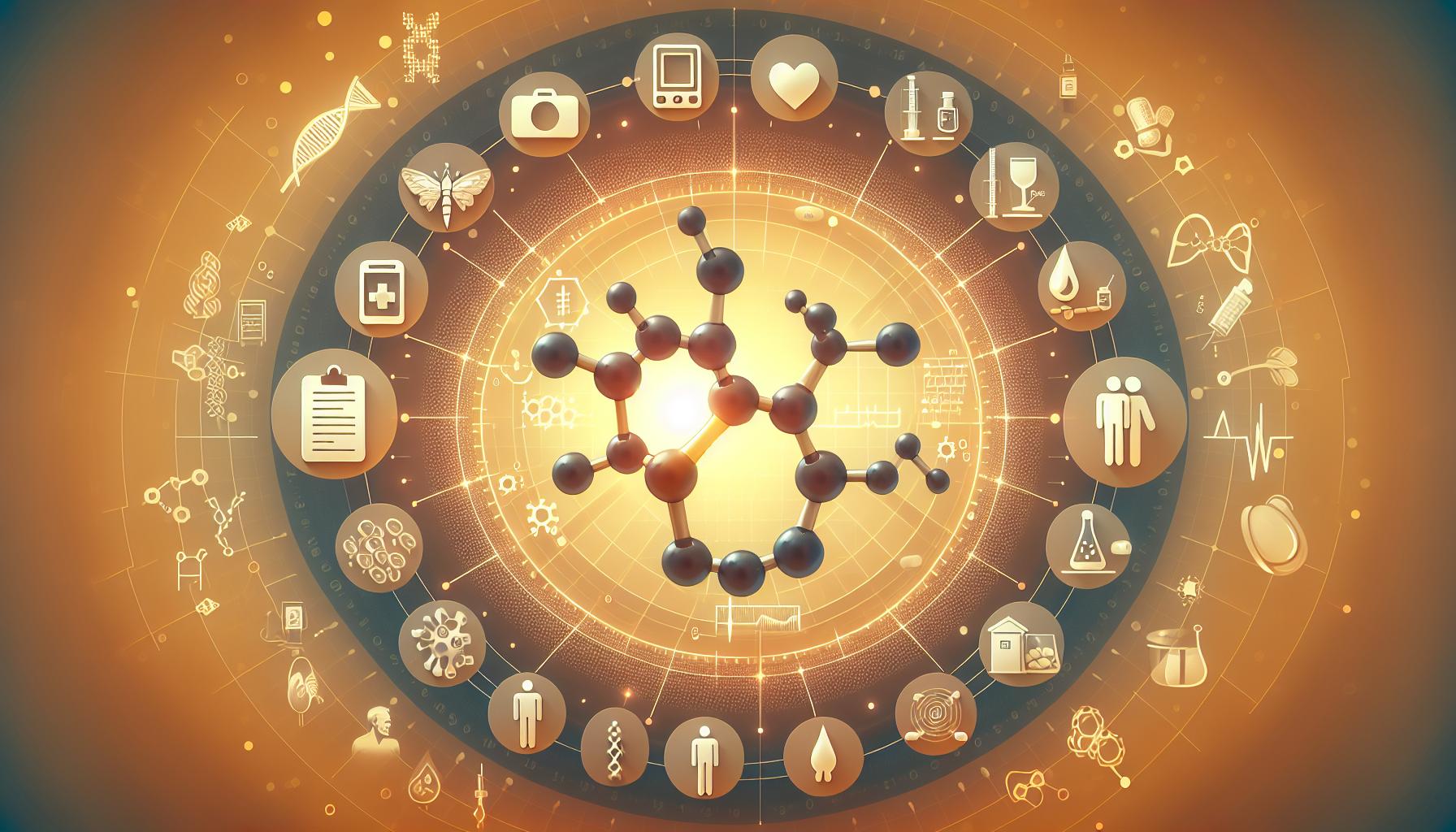
Introduction
What is the tale told by common symptoms of high blood glucose? Providing a succinct answer, it is a dynamic drama of disturbing disturbances, signaling a silent scream of a mismanaged metabolism. Enlarging on this story, possessing high blood glucose, also known as hyperglycemia, typically presents a plethora of potential symptoms. As we delve deeper into this diabetes discussion, we will demystify the warning signs, decode the bodily messages and decode the mystery behind high blood glucose.
What Are The Common Symptoms Of High Blood Glucose?
Common symptoms of high blood glucose (hyperglycemia) include:
- Frequent Urination: The body tries to eliminate excess glucose through urine.
- Increased Thirst: Loss of fluids from frequent urination leads to dehydration and thirst.
- Fatigue: High blood glucose can impact your energy levels, making you feel more tired than usual.
- Blurred Vision: High glucose levels can affect the fluid levels in your eyes, leading to vision changes.
- Headaches: Fluctuations in blood glucose can cause headaches.
- Difficulty Concentrating: High blood glucose can impact cognitive functions, making concentration difficult.
- Weight Loss: Despite eating more, you may experience unexplained weight loss as the body uses fat and muscle for energy instead of glucose.
Slow Healing Wounds: High blood glucose can impair blood flow and affect the healing process.
Unquenchable Thirst: A Dry Tale
In the realm of high blood glucose symptoms, an unquenchable thirst plays a starring role. Think of it as a desert within you, endlessly dry and always yearning for an oasis. Why the insatiable thirst, you ask? Well, your body, in its boundless wisdom, attempts to dilute the excess sweetness coursing through its veins by exciting excessive thirst and encouraging fluid intake.
Frequent Urination: A Watery Tale
While on one hand, there’s arid dryness; on the other, there’s a torrential downpour - an incessant need to urinate. Just as the moon pulls the tide, high blood glucose lures liquids from your tissues, leaving you racing towards the restrooms time and again.
Hunger Pangs: A Ravenous Tale
If thirst and urination were not complicated enough, the high blood glucose spectacle introduces an insatiable hunger. Deprived of glucose, your body’s cells scream for sustenance, manifesting as a ravenous beast inside you that constantly needs to be fed.
Fatigue: An Exhausting Tale
In midst of this tumultuous symphony playing inside you, a sudden wave of weariness washes over as a maestro’s symphonic silence. Owing to energy-starved cells, your body slips into continuous fatigue, making daily tasks feel like Herculean feats.
Blurred Vision: A Foggy Tale
Your vision, once crystal clear, might turn into a foggy window, mirroring your body’s inner chaos. As the levels of glucose in your blood rise, so does the viscosity, leading to swelling of your lenses and a resultant blurring of vision.
Fast Healing: A Slow Tale
You might also notice that minor nicks and cuts take longer than usual to heal. Although not a flashing neon sign, slow healing rates subtly cue you in on underlying high blood glucose issues.
Conclusion
High blood glucose might appear as an abstract monster at first but knowing the signs arms you with the power to tackle it head-on. Unquenchable thirst, frequent urination, insatiable hunger, fatigue, blurred vision and slow wound healing paint you a picture of the potential symptoms. By understanding these signs, you can begin your journey towards managing your blood glucose levels and maintaining optimal health.
Frequently Asked Questions
1. Can you have high blood glucose without symptoms?
Yes, it’s possible to have high blood glucose without noticing any symptoms, especially in the early stages of diabetes. However, over time, common symptoms may start to appear.
2. What is the first sign of high blood glucose?
The symptoms can vary from person to person, but often, excessive thirst and urination are the first signs of high blood glucose.
3. How do I lower my blood glucose levels quickly?
Drinking more water to help your kidneys flush out the excess glucose, engaging in physical exercise to use up glucose in your blood and eating foods with a low glycemic index are a few ways to lower blood glucose levels.
4. Do symptoms of high blood glucose come and go?
Yes, they can fluctuate. Some people may experience symptoms more consistently, while for others, they may come and go.
5. Does high blood glucose make you hungry all the time?
Yes, increased hunger is often one of the symptoms of high blood glucose. This happens because your body’s cells are not getting enough glucose, making you feel continually hungry.






